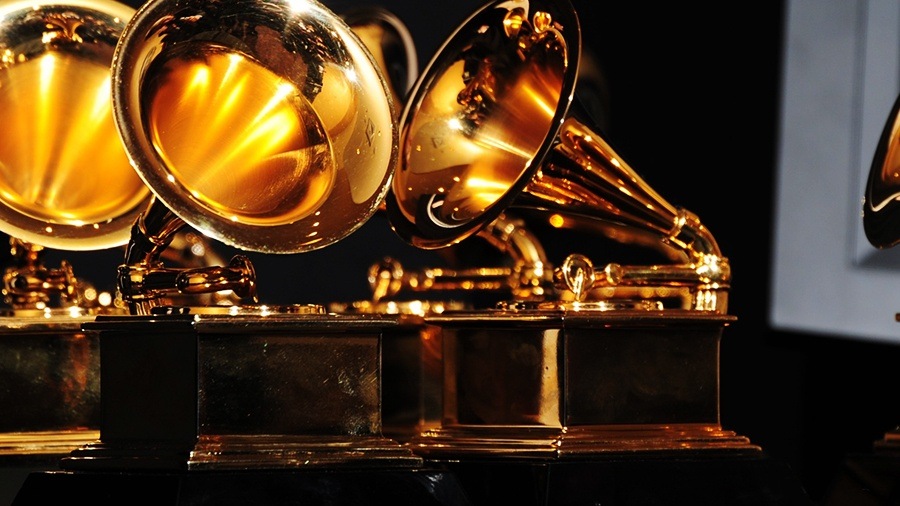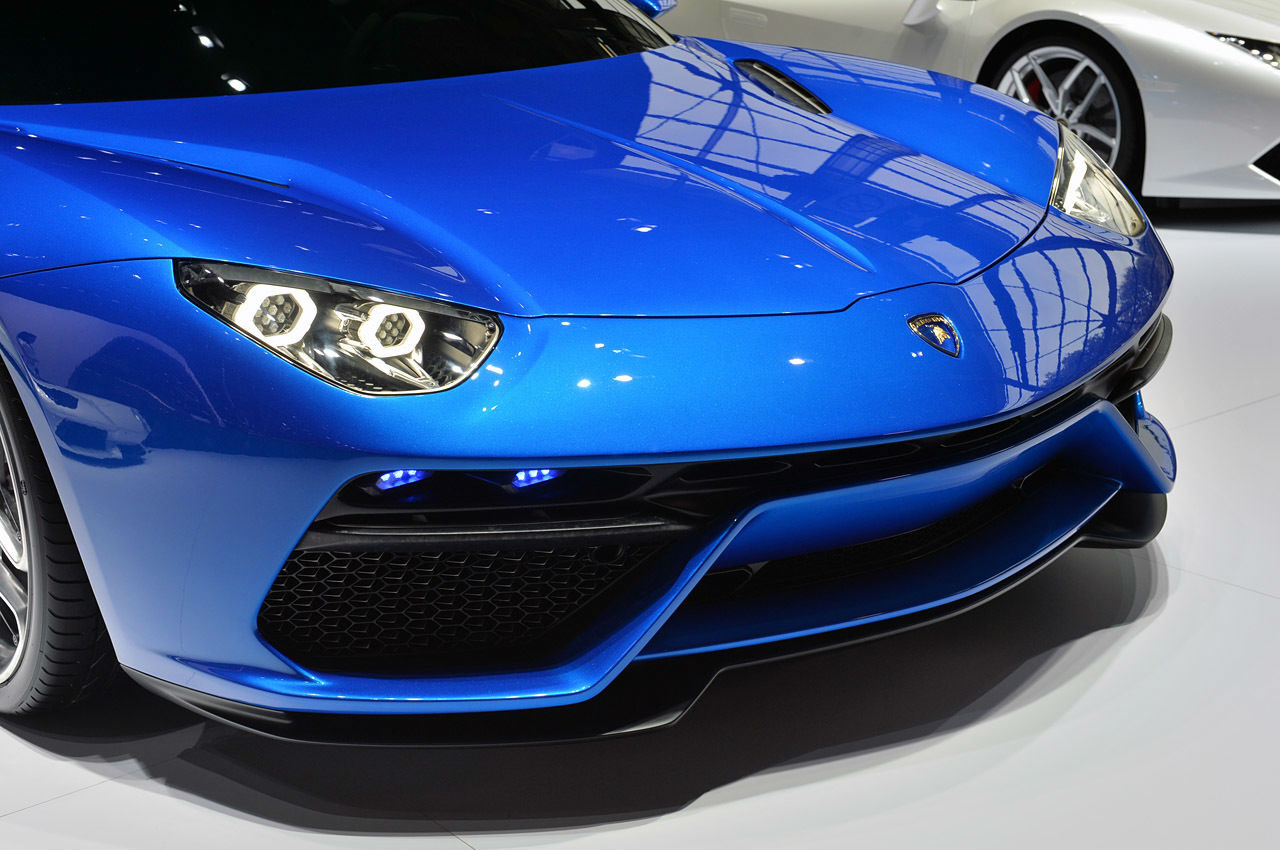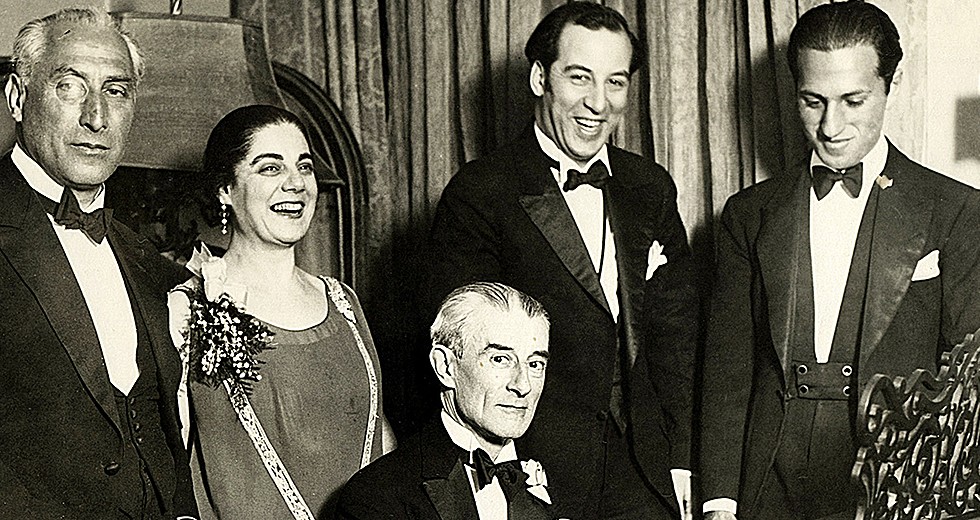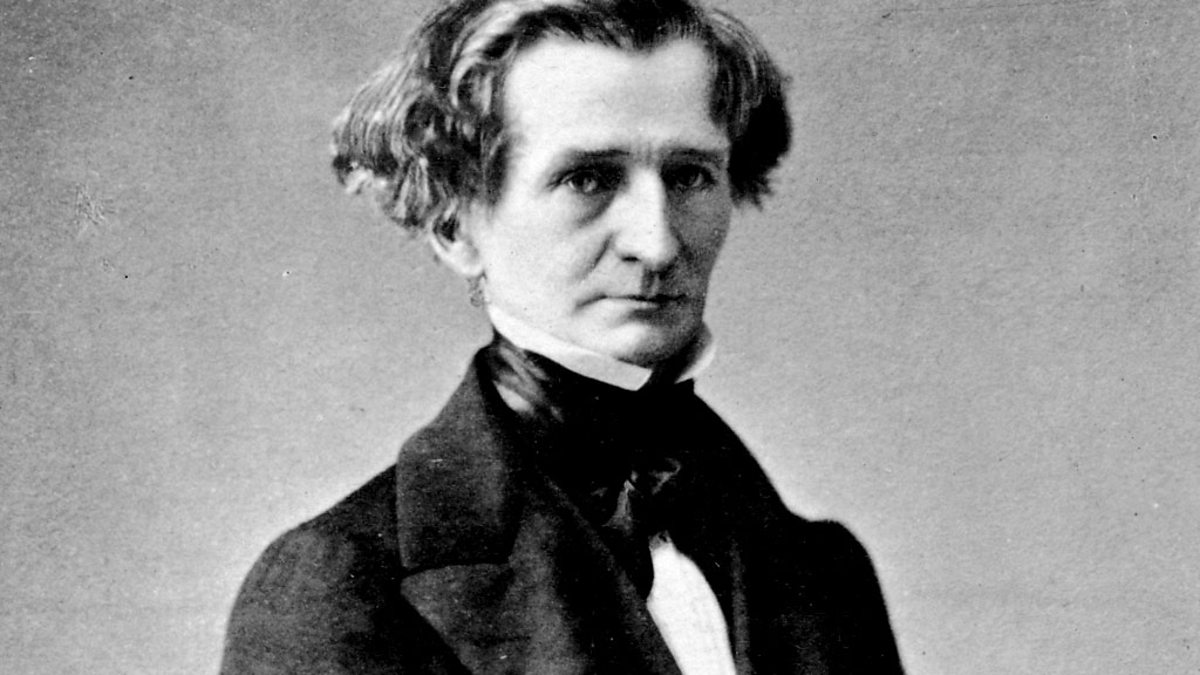The 2021 Classical Grammys
The 63rd Annual Grammy Awards ceremony took place in Los Angeles Sunday evening. Here are excerpts from the winning albums in the classical categories: Best Orchestral Performance “Ives: Complete Symphonies” — Gustavo Dudamel, conductor (Los Angeles Philharmonic) This album features the four numbered symphonies of Charles Ives. The “New England Holidays” is not included. We sense an exciting artistic progression from the relatively conservative Symphony No. 1, completed in 1902 in response …







